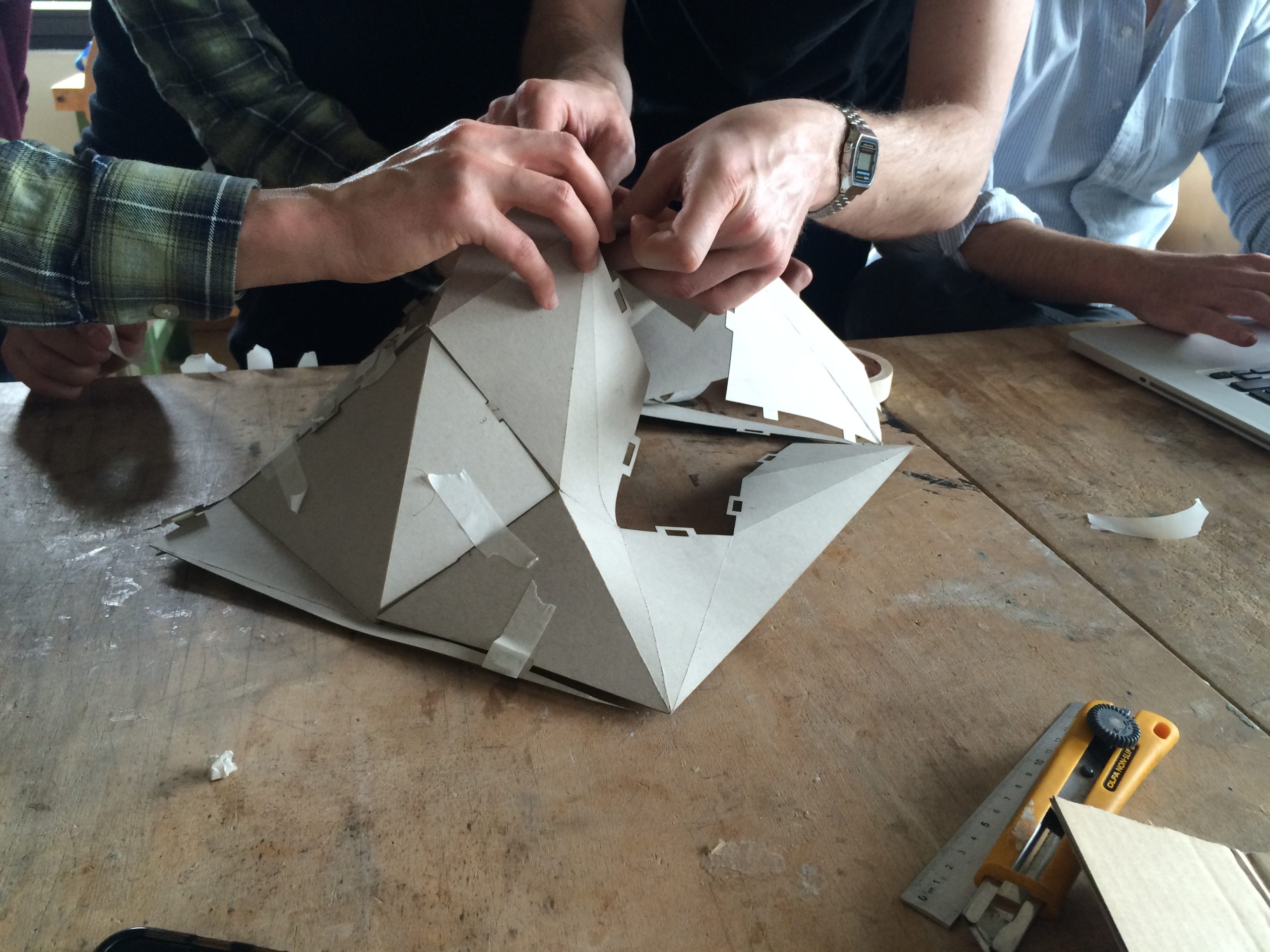PROTOTYP
Designing the future materially. Prototypes as communication medium of the new.

Artefacts do not only refer to a present. Possible futures are also inscribed in them. They can, for example, express expectations of future salvation, technological feasibility, economic prosperity, sustainable practice or aesthetic innovation. The study of prototypes offers a particularly attractive access to this material and performative futurity. In prototypes, designers, artists and engineers give materiality to a possible future. Prototypes are inherently unfinished artefacts that represent expected possibilities as experienceable realities. Prototypes are thus temporally paradoxical: they represent an object to be realized in the future, with which they themselves are not identical as present objects. How can this paradox be practically unfolded? How does the communication of future materiality succeed through present materiality? How are futures inscribed and read in objects? What are the specific communicative achievements of prototypes that go beyond a textual or pictorial mediation of the future? In short: How do prototypes communicate the future?
We want to decipher prototypical objects as active communication medium. In addition to a scientific exploitation, the results of the project will flow into an exhibition at the Deutsches Museum Nürnberg, which will make prototypical designs visible and build bridges between past and present futures.
Within the framework of the project, prototypes will be created, presented and discussed as critical design artefacts in a "research through design" process, and evaluated with regard to their communicative and inspiring effect on specific target groups, e.g. as triggers for changes in behaviour and attitudes or for the development of one's own solutions to problems. The focus on critical design prototypes ties in with the current discourse in design research, which postulates a stronger social responsibility of the design discipline and practices with regard to ethical aspects, "hidden agendas" and technological consequences in general, and regards "critical" prototypes as the means of communication of choice for discourse with consumers, citizens, politics and business. However, methodological studies on the design process of this specific class of prototypes are still lacking, both with regard to the creative process and the impact analysis in the confrontation with recipients.
